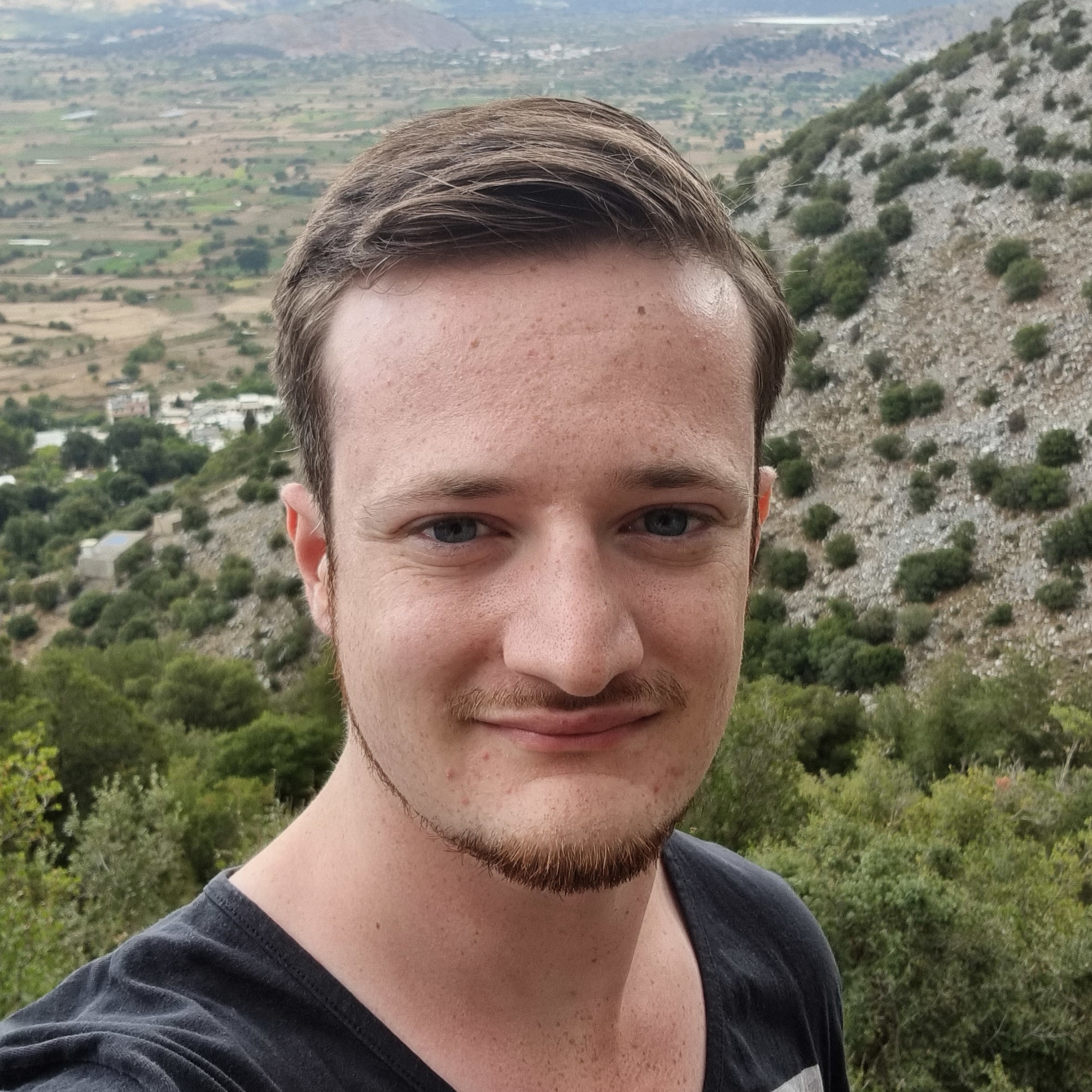What is the nature of late infall streamers?
Citation: Hühn, L.-A.; Dullemond, C. P.; 2025; Accepted for publication in Astronomy & Astrophysics; arXiv:2510.24269
Growing observational evidence suggests that Class II protoplanetary disks may undergo substantial interactions with their environment in the form of late infall. This mass inflow predominantly manifests itself in the form of so-called streamers: filaments and arcs of gas connecting large-scale, extended gas structures to disk scales. Prevalent late infall has far-reaching consequences for planet formation theory, challenging the long-standing treatment of evolved disks in isolation. In this work, we investigate the emergence of late-infall streamers in different formation scenarios, their morphology and multiplicity, as well as their dependence on environmental conditions. We conduct this investigation by performing 3D hydrodynamical simulation using the grid-based code FARGO3D, which we post-process to obtain synthetic observations using the Monte Carlo radiative transfer code RADMC3D. We find that, while a late infall event in the form of a single encounter with a “cloudlet” of gas can produce a streamer via an interplay between the fall-back of bound material and shocks, such features dissipate quickly, on a timescale of ~10 kyr. Furthermore, we find that streamers can also form naturally in a turbulent, dense environment without the need for such encounters, which could act to reconcile short-lived streamers with ubiquitous detection of these structures. Here, we find multiple co-existing streamers for a disk velocity relative to the interstellar medium of $v_\mathrm{sys}=0.5~\mathrm{km}~\mathrm{s}^{-1}$ and a turbulent velocity dispersion of $\sigma_\mathrm{turb}=0.5~\mathrm{km}~\mathrm{s}^{-1}$. We find considerable dependence of the streamer morphology on the environment, which may act as a utility to constrain the physical conditions of the gas surrounding planet-forming disk, and therefore the conditions under which planets form.
